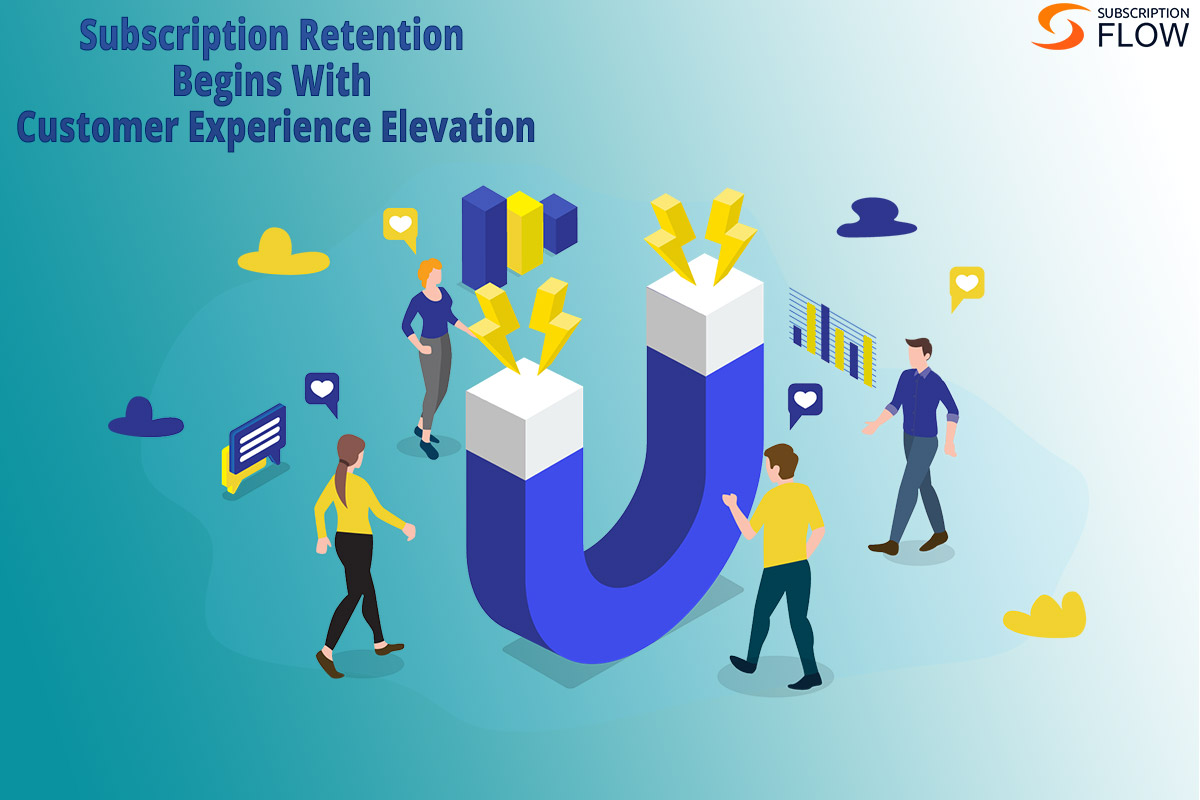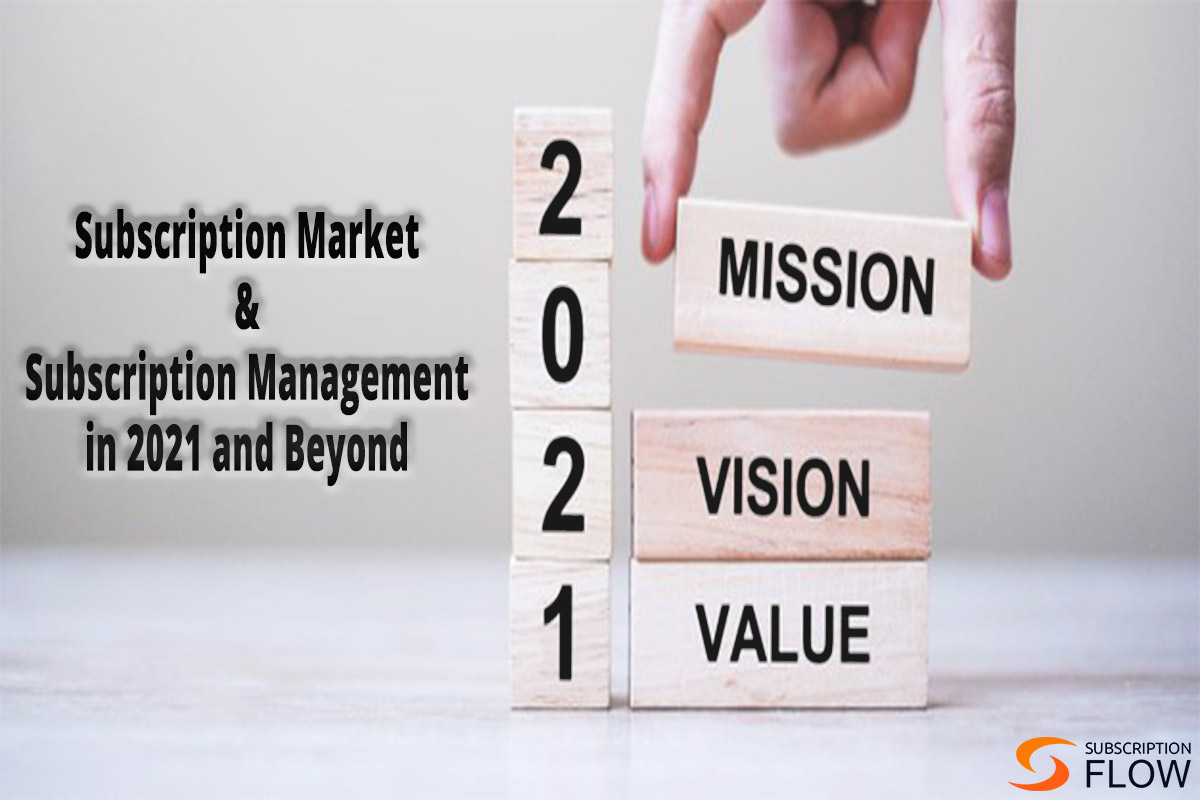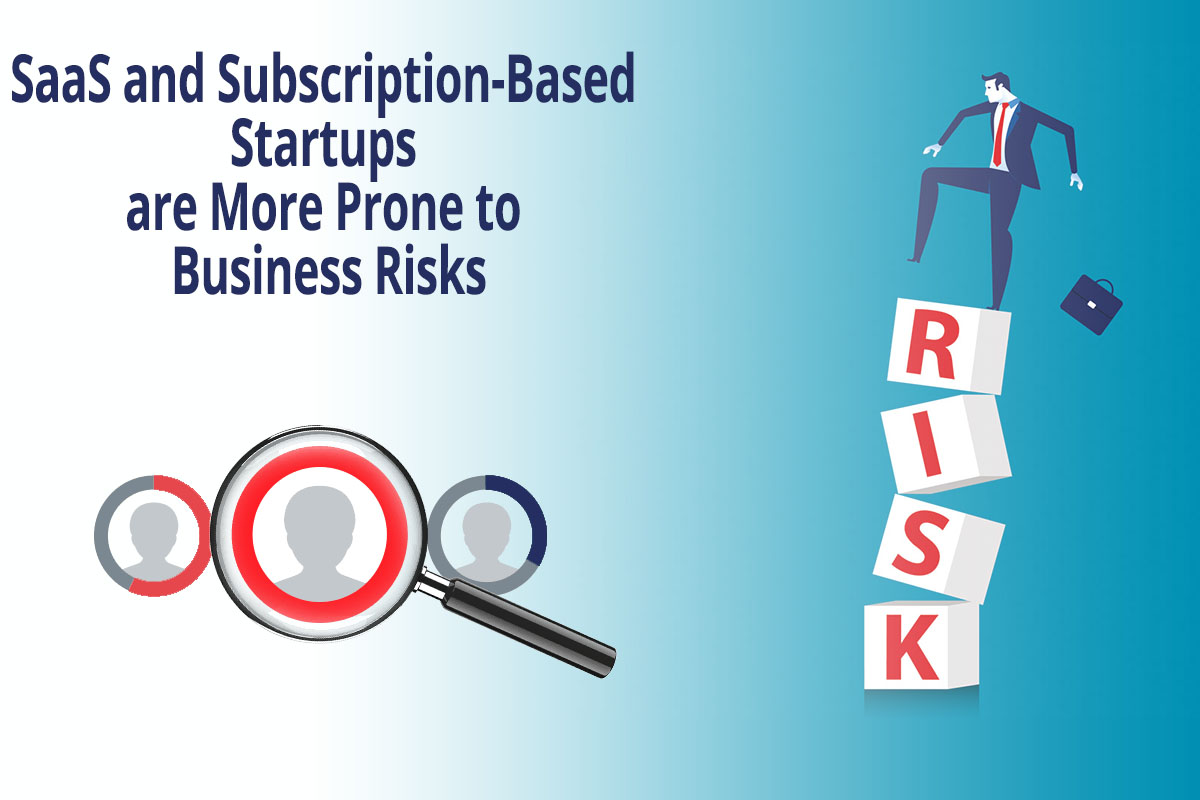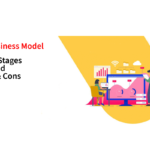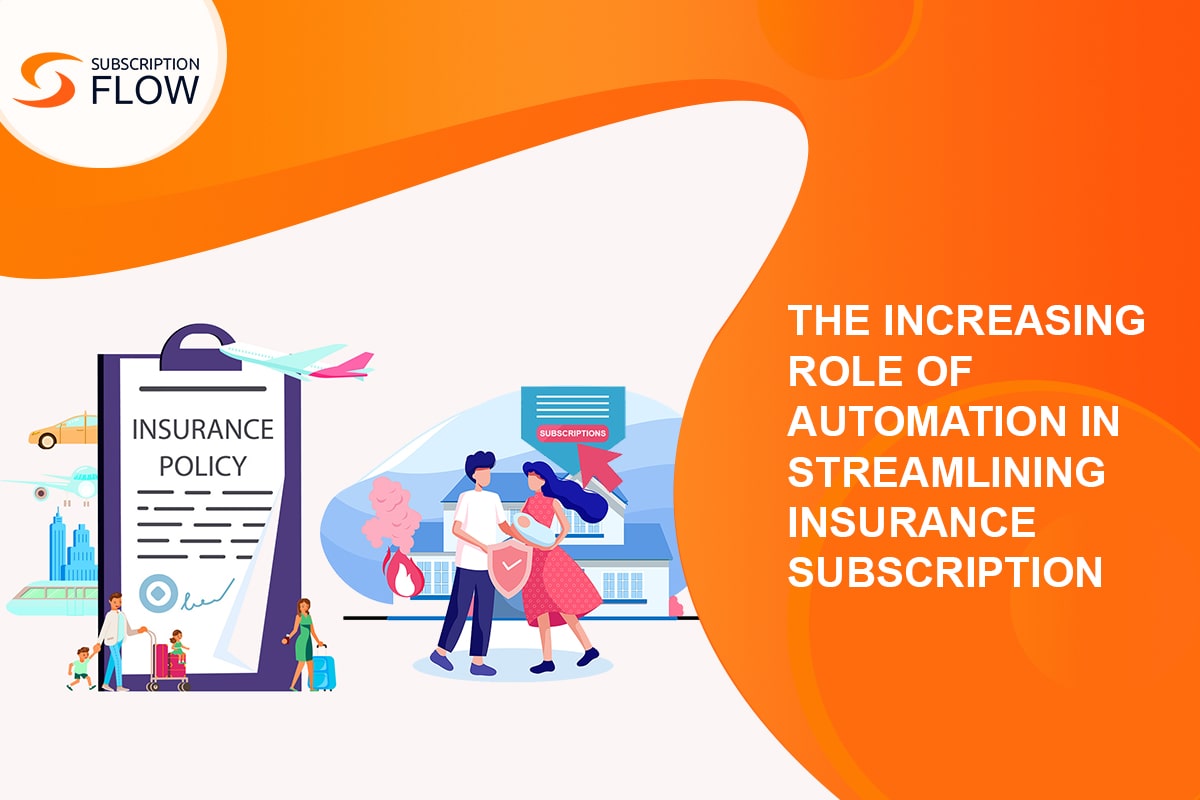
The Impact of Subscription Automation on the Future of Insurance
From exploring the data through connected devices to untangling the complex and unstructured data sets to formulating the tech-driven workflow and policy management, insurers are all set to remodel the businesses.
The disruptive technology advancements and an increased competition trigger a rapid-switch need to explore the new-age business model—the subscription business model. It is a business model that favours the resourceful and cost-efficient automated insurance policy workflow and recurring revenue collection using subscription management software for the insurance companies.
This article extends insights into the growing trends of the subscription business model and subscription automation implementation across the insurance business processes. We will also review how the automation induced by the insurance subscription management applications is transforming the insurance workflow from managing the policies to processing the claims.
Subscription-Based Insurance Industry
The subscription management of the insurance companies is laid on the foundation of streamlined internal and external insurance workflow for recurring premium collection and payment processing, throughout the way—from insurance management and new business processing to ACORD application processing and claim processing.
The advancement of subscription automation from management and detection to prediction and prevention can transform the business potential of the insurance industry.
According to Mckinsey, 90% of personal and SMBs claims will be processed by automation algorithms by the end of the next decade.
So, what is Subscription Automation in the Insurance Industry?
Insurance is the contract between two parties: the insured and the insurer. Insured is the person who subscribes to the insurance policy, and the Insurer is the company that offers its insurance subscription services.
Subscription automation refers to the automation of the insurance policy workflow and business dealings between the insured and insurer.
In simpler words, it can be referred to as subscription management of insurance policy or recurring premium and payment management.
Aside from automation, a wide array of subscription management software provides additional layers of ease, convenience, and efficiency into the operational productivity of the insurer’s employees.
This subscription software is highly extensible and contributes towards building a system that streamlines the operations across the board.
For more insights into subscription automation in the insurance business and its operations, we need to understand the major processes in the insurance workflow. These include:
- Insured Management
It is the management of the person who subscribes to the insurance policy. It includes personal, billing, payment, and other subscription details management.
- Recurring Premium and Payment Management
Premium is the recurring payment that an insured pays every month or after every pre-defined interval for the length of the subscription term. Managing the premiums and payments on a recurring basis means charging the insured every month and receiving the payments, automatically in the insured accounts.
- Claims Processing and Settlement
Claims are the formal requests made by the policyholders or their nominees with the insurer for coverage or compensation of the covered service. The processing of claims means the validation of the claim and issuance of the payments to the insured or the nominee when it is approved.
- Field Claims Adjusters Verification Documentation
Field claim adjusters are the employees in an insurance company. They are responsible to visit and inspect to report the validity as well as evaluating the compensation for claims. Adjusters documents the details to initiate the claims processing.
- New Business Processing
It is the core job of every property and casualty insurance company. It deals with collecting, organizing, and processing the application forms, customer identification documents, and other onboarding information within a secure, integrated environment.
The Process of Subscription Automation in Insurance Workflow
Health, automobile, property, education, job, or life insurance—every insurance subscription, in general, follow the same internal insurance workflow automation. Here, it is:
- The process of insurance subscription begins when an insured subscribes to the insurance policy with an insurer and agrees to pay a monthly, quarterly, or annual recurring premium.
- Every month subscription or recurring billing software automates the premium invoicing and sends it to the insured for recurring payment processing.
- Insured shares payment details and authorizes the insurer to auto-collect the recurring payments.
- In the case of damage, the insured files the claims, online through a self-service portal or otherwise.
- The claim enters into an automated insurance workflow. Managers can assign a job to one or more employees.
- The mechanism involves here comprises verification, documentation, statement generation, processing through the system, and paying against the claims. Subscription automation from every end streamlines the coordination and collaboration streamline efficient, vigilant, and faster processing.
- Subscription automation across the operations ensures who is doing what and everyone comes on the same page.
Also Read: Subscription Management Mastery—How to Get Started with SubscriptionFlow in 2021
Enhancing the Internal Insurance Workflow with Subscription Automation
AI-augmented automation and precision reduces the overall operational costs of the insurance companies and helps the employees to focus on providing the best customer support and services.
As we learnt earlier, Insurance management is a vast and complicated network of interconnected and coordinated units. It is inevitable for the departments to use customized and efficient stacks to automate, collaborate, and streamline the standard business operations, claims, and policy management for stellar customer experience.
Some of the benefits of streamlined Insurance workflow include
- Reduced Time, Resources, and Efforts
- Data-Driven Accelerated, Efficient, and Faster Processing
- Coordinated, Safer, and Reliable Information Sharing
- Risks and Online Payment Fraud Detection and Mitigation
- Accurate and Guided Decision Making
- Tech-Driven Productivity
- Optimized Customer Experience
- Cost Control Proficiencies within the different departments in an insurance company.
Let’s have a quick look at how internal insurance workflow can be enhanced with subscription automation:
Automated Recurring Premium Billing and Payment Processing
These cloud-based stacks are used to automate recurring premium and payment management. Reducing the stress due to several repetitive tasks for processing the invoicing, informing the patients, sending the intimation emails, reminders, and notification are all extremely time- and resource-consuming and unproductive tasks.
Subscription automation applications put all the above-mentioned tasks on AI-powered auto-pilot mode.
Claims Case Management
Claims case management is the planning, processing, coordination, monitoring, and validation of the claim by the insured or nominee. It is a critical part of the insurance workflow. Claims management involves claims verification, processing in the line with the policy, generating the claims statement, and paying the insured or nominee.
Automation helps to automate all these tasks and minimizes human-to-human interaction. Clients can easily apply online, track the processing, evaluate the estimated duration, and receive payments directly to their accounts.
The AI‑powered systems can shorten the processing duration from months to minutes. Today, AI applications are quite able to identify fraudulent claims hence are efficient to reduce processing timing and hassles.
AI-fueled algorithms detect suspicious patterns in data points, social media analytics are used to uncover the fraudulent links with scammers, even natural-language processing and deep learning is used to verify the intents behind claims.
Also Read: Self-Service Payment Portal: Digitally Empower Your Clients and Simplify Account Access
Underwriting and Documentation Management
Insurance workflow involves a lot of underwriting and paperwork, manual documentation, application filing, details gathering, and data entry for documentation. Automating the new business processing allows more efficient and organized data compilation can help reduce labour costs, operational expenses, and more.
ACORD Forms Processing
ACORD’s standardized forms are used to exchange the insurance data to the trading partners. Insured are required to fill in the forms.
Integration with the software that can help improve the ACORD insurance form processing for efficient, accurate, and accelerated information. Insurers can fast manage new client applications and streamline claims processing.
Customer Support Management
Automating the complaints, queries, comments, suggestions, and other customer feedback management will help reduce the cost-burden and complexities of human-to-human interaction. Machine and deep learning enable them to deal with the insured or nominee in real-time with post-damage interactions for claims.
The AI Chatbots programmed with a comprehensive knowledge base and integrated with multiple software to assist customers in real-time revive customer engagement.
Lead Management
Managing the prospects and streamlining the sales pipeline is also an integral part of the insurance workflow. Integrating insurance subscription management with AI-fueled marketing and sales application allows more efficient channelling of the lead into the paid customer cycle.
Tacking customer engagement, taking data-driven marketing or sales action, and managing the communications with the prospects made easier and streamlined with these stacks.







